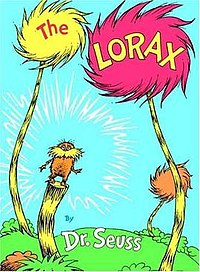Jedi Academy by Jeffrey Brown
Jeffrey Brown caught the world’s attention with his first Star
Wars themed book, Darth Vader and Son. Now he introduces us to Roan, a young comic
artist living on Tatooine in the first book of his new series, Jedi Academy. He lives in a galaxy far,
far away, but similar to kids here on Earth, he aspires to be like his big
brother, who is at Pilot Academy School for what feels like eons.
When Roan isn’t accepted it seems like the world is going to
end. An acceptance letter from the Jedi Academy comes, and that’s at least
better than the Tatooine Agricultural Academy where you have to shovel Bantha
fertilizer, so he packs his bags. But Roan isn’t quite sure what a Jedi is, let
alone that he wants to be one. We get a peek into Roans life at Jedi school
through journal entries and comics, and find that the start of school is pretty
rough. From deciphering Yoda’s lessons to the struggles of making friends, Roan
spills it all in an endearing and relatable way.




